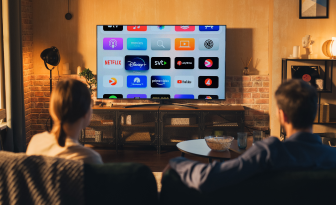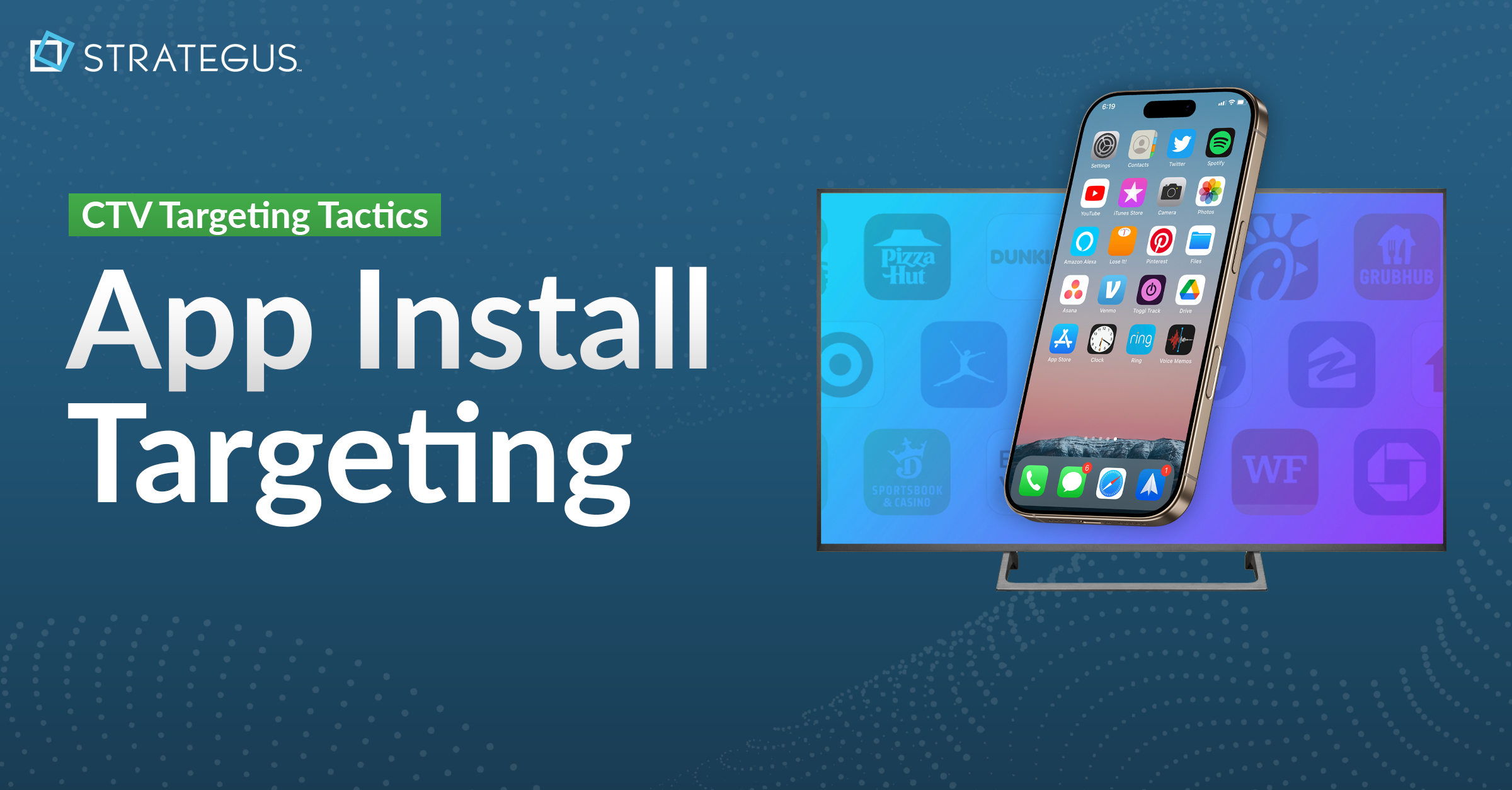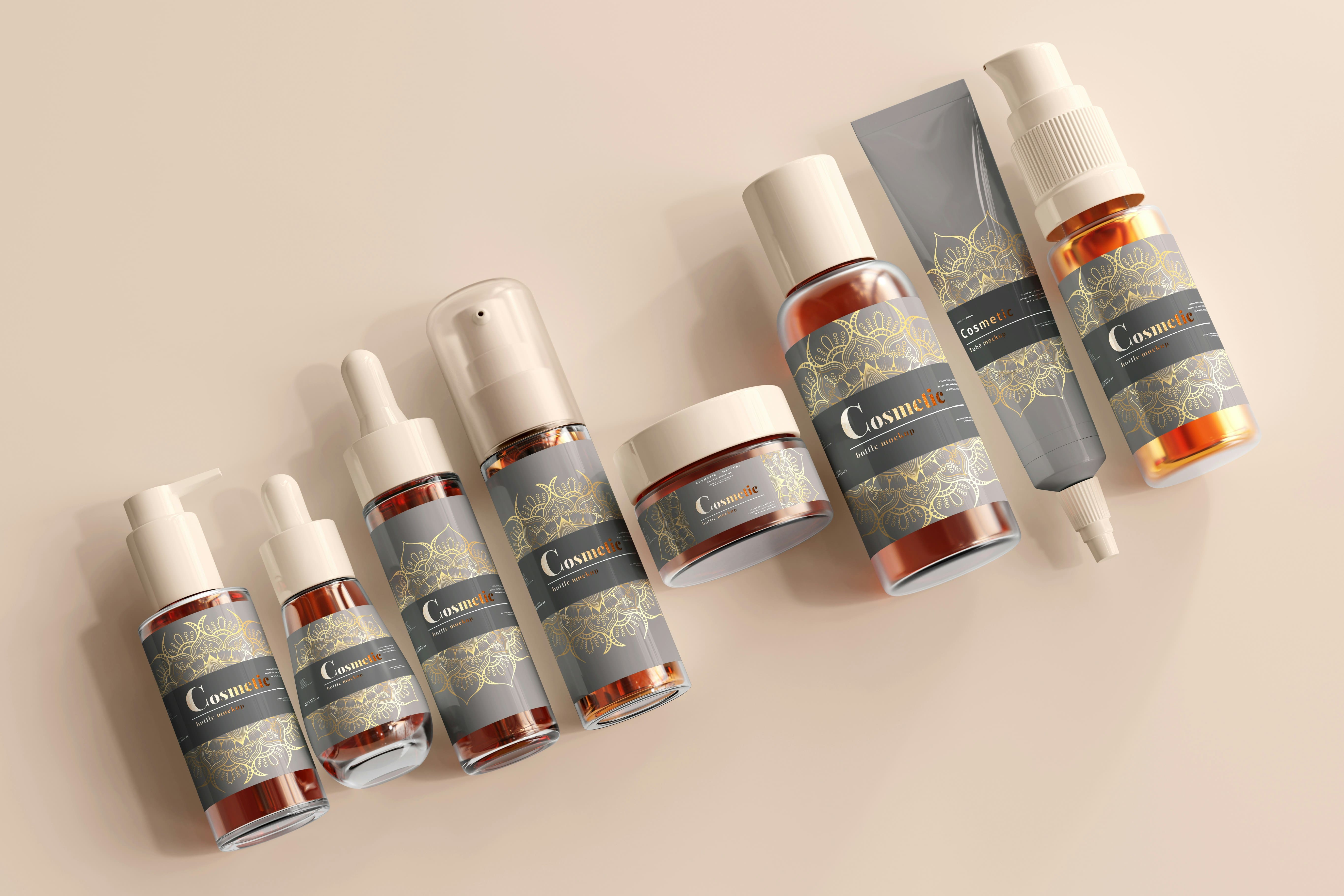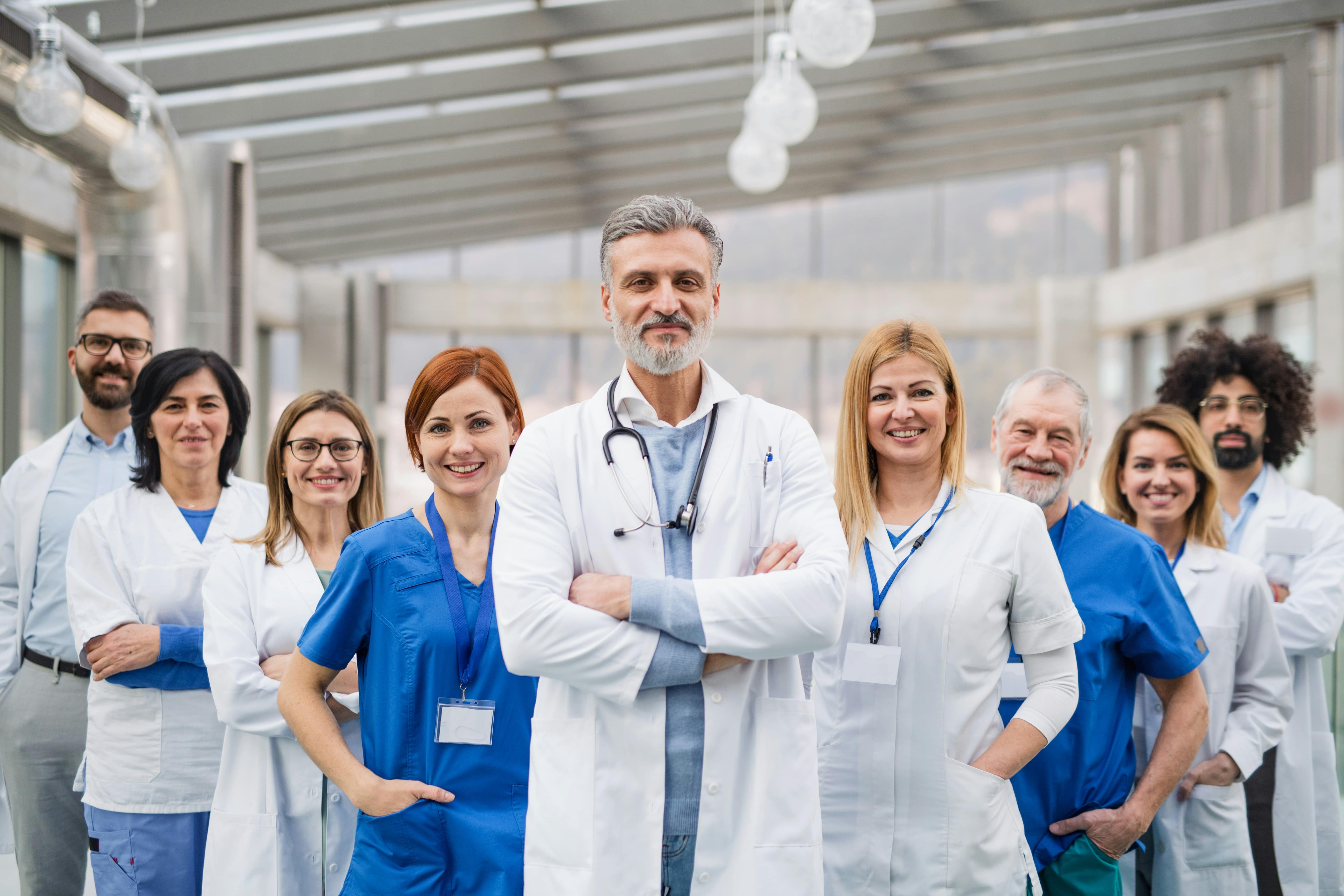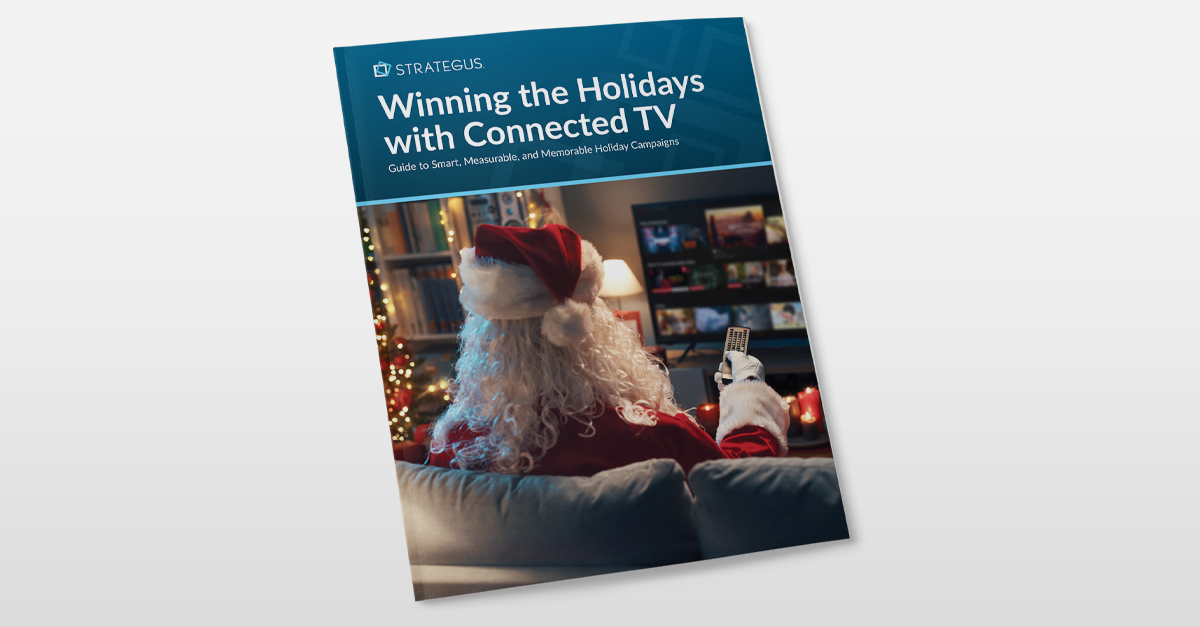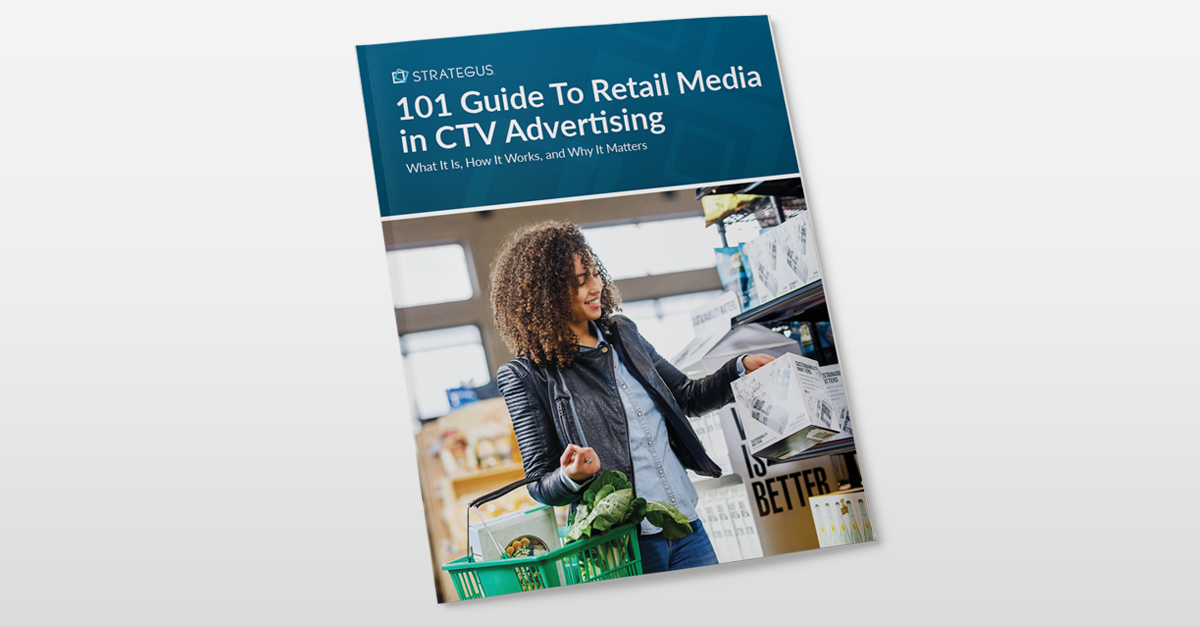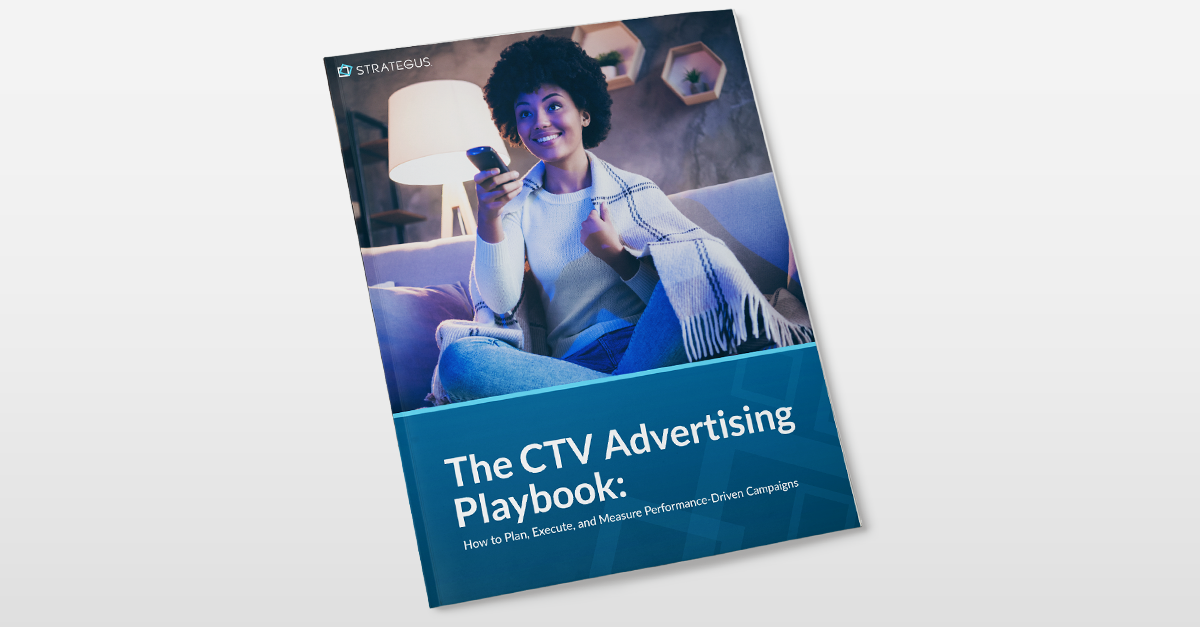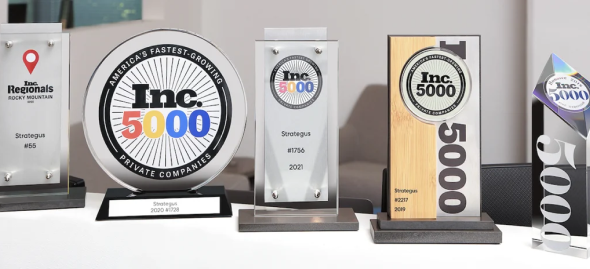- Home
- Strategus Blog
- Is Programmatic Advertising Worth It?
Is Programmatic Advertising Worth It?
10 minutes read
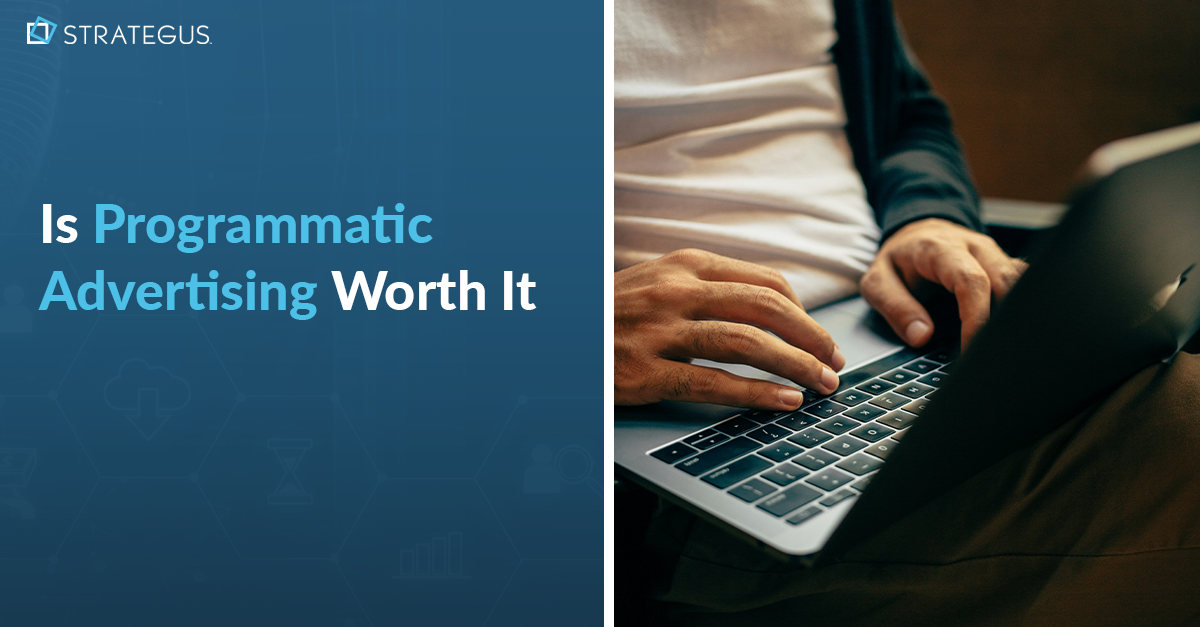
The short answer is yes, programmatic advertising is worth it.
It helps you reach the right audience, save time through automation, and track performance in real time. You can adjust campaigns quickly, reduce wasted ad spend, and scale across multiple channels, making it one of the most efficient ways to run digital ads today.
This article breaks down what programmatic advertising does, how it performs compared to traditional buying, and when it makes sense for your marketing budget.
Key Takeaways
- Programmatic advertising automates ad buying through real-time bidding, using audience data to deliver ads to the right people at the right time across multiple channels.
- It offers key benefits including efficiency, precise targeting, real-time optimization, wide reach, cost-effectiveness, and transparency compared to traditional media buying.
- Major types include open auctions, private marketplaces, preferred deals, and programmatic guaranteed, each balancing cost, control, and ad quality differently.
- Core systems, demand-side platforms (DSPs), supply-side platforms (SSPs), and ad exchanges, connect advertisers and publishers in a fast, data-driven ecosystem.
- Challenges like ad fraud, brand safety, and platform complexity can be managed with trusted partners, premium inventory, and expert campaign oversight.
- Strategus simplifies programmatic advertising with managed campaigns, premium CTV access, and real-time reporting. Speak to a Strategus expert to optimize your 2025 strategy.
What is Programmatic Advertising?
Programmatic advertising is a way to buy and sell digital ads automatically. Instead of manual deals, it uses algorithms and real-time bidding (RTB) to place ads in milliseconds across channels like display, video, mobile, and Connected TV (CTV).
It uses audience data such as location, interests, and behavior to show ads to the right people at the right time. This targeting makes campaigns more effective and improves return on investment.
Programmatic advertising helps advertisers adjust campaigns as they run and gives publishers a better way to sell ad space. It makes ad buying faster, more transparent, and data-driven which is why it’s now central to modern digital marketing.
How Does Programmatic Advertising Work?
Programmatic advertising might look technical, but the process is simple once you break it down. Here’s a clear overview of how it works:
- Set Campaign Goals: Advertisers start by choosing their audience, budget, and ad format. They use a Demand-Side Platform (DSP) to manage and run their campaigns.
- Publishers Offer Ad Space: Publishers use Supply-Side Platforms (SSPs) to make their available ad space visible on ad exchanges. This helps them reach more advertisers and get the best price.
- Bid Request Sent: When a person visits a website or app, the SSP sends a bid request to an ad exchange. It includes details like the user’s interests, location, and browsing behavior.
- Real-Time Auction: The ad exchange runs a quick auction where advertisers bid for that ad space based on how well the user fits their target audience.
- Winning Ad Chosen: The ad exchange picks the highest and most relevant bid. The winning advertiser’s ad gets selected for that spot.
- Ad Shown Instantly: The chosen ad appears on the user’s screen within milliseconds, creating a smooth viewing experience.
- Monitor and Improve: Advertisers use DSP analytics to track impressions, clicks, and conversions. They use this data to adjust targeting, test creatives, and improve performance.
What Makes Programmatic Advertising Worth It?
Traditional TV advertising is here and it’s going to stay for years to come. But, here’s why many advertisers prefer programmatic advertising:

1. Efficiency
Programmatic advertising automates how ads are bought and sold. You don’t need to handle manual deals or paperwork, which saves time and effort. You can launch, manage, and update campaigns easily whenever needed, keeping your marketing process fast and flexible.
2. Precision Targeting
One major benefit of programmatic advertising is data-driven targeting. You can reach people based on their age, interests, behavior, and location. This precision targeting makes your ads more relevant and ensures your budget goes toward people most likely to buy or engage.
3. Real-Time Optimization
Programmatic platforms show real-time data so you can adjust campaigns instantly. If something isn’t working, you can fix it right away to improve performance. This constant optimization helps you use your ad budget more effectively and get stronger results.
4. Increased Reach
Programmatic advertising connects you with ad space across websites, apps, and social platforms. This wide reach helps your brand appear wherever your audience spends time online. It also makes it easier to grow your visibility and reach new markets.
5. Cost-Effectiveness
Programmatic advertising helps you spend smarter. Real-time bidding and data insights make sure your ads appear only to the right users at the right time. This targeted approach limits waste and improves your campaign’s return on investment.
6. Transparency
You can track exactly where your ads run, how they perform, and what results they deliver. With detailed insights and CTV measurement, you can see what’s working and what’s not. This transparency helps you refine your strategy and improve future campaigns.
Types of Programmatic Advertising
Programmatic advertising includes a few main ways to buy and sell ads. Knowing how each one works helps you choose the right method for your goals and budget.
1. Open Auction or Real-Time Bidding (RTB)
Real-time bidding (RTB) is the most common type of programmatic advertising. Here, ad space is open to everyone who wants to bid in real time.
When someone visits a site or app, an ad request goes to an ad exchange. Advertisers then place bids, and the highest bidder’s ad appears. Open auctions offer broad reach and are often cost-effective since you only pay when your ad shows.
2. Private Marketplace (PMP)
A private marketplace (PMP) is an invite-only auction where publishers offer premium ad space to selected advertisers. It gives brands more control and ensures ads appear in safe, trusted places. PMPs usually cost more than open auctions but give access to high-quality placements and better targeting.
3. Preferred Deals
Preferred deals are direct agreements between advertisers and publishers. Advertisers get early access to ad space before it goes to PMPs or open auctions. These deals lock in a fixed price, making it easier to secure premium placements that match your target audience.
4. Programmatic Guaranteed
Programmatic guaranteed (also called programmatic direct) lets advertisers buy a set number of ad impressions at a fixed price through automation. You work directly with publishers to reserve inventory in advance. This approach combines the control of traditional deals with the speed and targeting power of programmatic advertising.
Three Core Pillars of Programmatic Advertising
To run programmatic campaigns, you need to understand the main platforms that make the process work. These include demand-side platforms (DSPs), supply-side platforms (SSPs), and ad exchanges.

1. Demand-Side Platforms (DSPs)
Demand-side platforms (DSPs) help advertisers manage their programmatic ad buys. You can set your campaign goals, choose your audience, decide your budget, and pick ad formats. DSPs connect you to a wide range of ad inventory across exchanges and networks.
Popular DSPs include Google Display & Video 360, The Trade Desk, and Amazon DSP. Each one offers different features, so it’s important to choose the platform that fits your goals best.
2. Supply-Side Platforms (SSPs)
Supply-side platforms (SSPs) help publishers sell and manage their ad space. They make the publisher’s inventory available to many ad exchanges and DSPs, helping them earn the best price.
Common SSPs include Google Ad Manager, OpenX, and Rubicon Project. Publishers use them to set minimum prices, control ad quality, and increase revenue from their ad space.
3. Ad Exchanges
Ad exchanges act as digital marketplaces where DSPs and SSPs connect. They use real-time bidding (RTB) to match advertisers with ad space based on bid price, targeting, and relevance.
Popular ad exchanges include Google AdX, AppNexus, and OpenX. They play a key role in programmatic advertising by automating and speeding up how ad space is bought and sold.
Biggest Challenges of Programmatic Advertising
Programmatic advertising brings many advantages, but it also has some challenges you should understand before deciding if it’s right for your business.
1. Ad Fraud
Ad fraud is a major issue in programmatic advertising. It happens when fake traffic or clicks come from bots instead of real users. Some fraudsters also use domain spoofing, where low-quality websites pretend to be premium ones, making advertisers pay more for poor ad space.
To reduce fraud, use trusted platforms with strong detection systems. Keep an eye on your campaign data and look for unusual spikes or patterns that may suggest fake activity.
Strategus uses verified inventory sources to block invalid traffic and protect every impression from waste.
2. Brand Safety Risks
Because ad placements happen automatically, ads can sometimes appear on websites that don’t match your brand’s image. For example, a family-focused ad might show up on a site with inappropriate content. This can hurt your brand’s reputation.
To avoid this, choose platforms that include strong brand safety controls and work with verified publishers. Review where your ads appear and block sites that don’t fit your brand values.
Strategus provides brand-safe delivery by using premium publisher partnerships and strict content controls, so your ads only appear in trusted environments.
3. Complexity
Programmatic advertising uses several connected systems and data tools, which can feel overwhelming at first. Without the right knowledge, it’s easy to miss key opportunities or make poor optimization choices.
To handle the complexity, train your marketing team or work with experienced programmatic experts. They can help you set up, manage, and improve campaigns effectively.
Strategus simplifies programmatic advertising with a managed-service model, handling campaign setup, targeting, and optimization so you don’t have to.
Closing Thoughts — Programmatic Advertising in 2025
Yes, as we’ve established in this article, programmatic advertising is absolutely worth it. It gives you precise audience targeting, full transparency, and measurable results, making it one of the smartest, most efficient ways to grow your brand across digital channels, but only if done correctly.
Strategus helps you get the most out of programmatic without the complexity. As a trusted leader in Connected TV (CTV) advertising, we combine automation with expert strategy to deliver performance-driven results.
Here’s what you get with Strategus:
- Fully managed campaigns where we handle targeting, optimization, and delivery from start to finish.
- Access to premium streaming inventory across Netflix, Hulu, Roku, and other major platforms.
- Advanced audience targeting powered by data from 200+ providers.
- Omnichannel retargeting through CTV, display, and mobile for stronger engagement.
- Transparent reporting with real-time insights via our reporting dashboard.
Take the guesswork out of programmatic advertising. Speak to a Strategus expert to learn more about how we can help.
Frequently Asked Questions
1. How Much Does Programmatic Advertising Cost?
Programmatic advertising costs depend on factors like ad format, targeting level, and competition. Most campaigns use a CPM model, which means you pay per thousand impressions. On average, CPMs can range from $1 for display to $20 or more for Connected TV. Higher targeting accuracy usually increases the cost.
2. How Can I Use Programmatic Advertising to Improve My Advertising ROI?
Start by setting clear campaign goals and using precise audience targeting. Track real-time data to adjust bids, placements, and creatives as you go. Use retargeting to reconnect with interested users and test different ad variations. These steps help reduce waste and improve overall ROI from your ad spend.
3. How Do I Maximize Revenue From Programmatic Advertising?
Focus on high-performing audiences, analyze campaign data often, and adjust your bids based on conversions. Use frequency caps to avoid showing too many ads to the same users. Choose premium placements, invest in creative quality, and use data insights to guide every optimization for better returns.
4. What Are the Best Practices for Balancing Automation and Expertise in Programmatic Buying?
Automation speeds up ad buying, but human insight ensures relevance and creativity. Use algorithms for targeting and bidding while relying on marketers to plan strategy, refine messaging, and review performance. Regularly check campaign reports to confirm that automated systems align with your brand’s goals and tone.
5. What Are the Risks and Rewards of Open Market Versus Curated Deals in Programmatic Advertising?
Open markets offer cheaper reach but carry more risk from ad fraud or low-quality inventory. Curated deals and private marketplaces provide safer, premium placements but cost more. The right choice depends on your campaign goals. As a rule of thumb, use open markets for scale and curated deals for brand safety and quality.
6. How to Implement Programmatic Advertising for Small Businesses?
Start small by choosing one or two platforms like Google DV360 or The Trade Desk. Use clear goals, such as driving traffic or increasing leads. Focus on local targeting and basic ad formats first. Track results and gradually expand your budget once you see consistent performance and ROI.
7. Is Programmatic Advertising Cost-Effective for Startups and Small Businesses?
Yes, programmatic advertising can be affordable for startups when used strategically. Small businesses can set flexible budgets, target local or niche audiences, and measure performance easily. With smart targeting and real-time adjustments, even limited ad spend can generate strong visibility and conversion results over time.
8. How Can Ecommerce Brands Use Programmatic Advertising?
Ecommerce brands can use programmatic ads to retarget shoppers, promote seasonal offers, and reach lookalike audiences. These ads help recover abandoned carts and increase conversions. By using customer data and dynamic creative optimization, brands can show personalized products to the right users at the best possible time.
9. When Should I Use Programmatic Advertising Versus Direct Buying?
Use programmatic advertising when you want real-time optimization, audience targeting, and measurable results. Choose direct buying when you need guaranteed placements or special sponsorships. Programmatic works best for performance-focused campaigns, while direct deals are ideal for brand awareness and exclusive partnerships with specific publishers.
10. What Are the Best Programmatic Platforms for 2025?
Top platforms in 2025 include The Trade Desk, Google Display & Video 360, Amazon DSP, and StackAdapt. These platforms offer strong data tools, premium inventory, and cross-channel targeting. The best one for you depends on your goals, budget, and whether you focus on CTV, display, or mobile.
Strategus is a managed services connected TV(CTV) advertising agency with over 60,000+ campaigns delivered. Find out how our experts can extend your team and drive the result that matter most.
Talk to an Expert
Seeking a Custom CTV Strategy That Delivers?
What to read next
App Event Tracking: Tie Mobile App Activity to CTV Campaigns
Let’s say you’re running a CTV campaign for a personal finance app.
5 minutes read

Stop Guessing Who Your Audience Is — Let Their Apps Tell You
Connected TV (CTV) targeting often falls in one of two camps.
8 minutes read
See Who Bought After Your Ad + How Much They Spent
You can’t improve what you can’t measure. And for years, that’s been a major problem with TV advertising.
4 minutes read
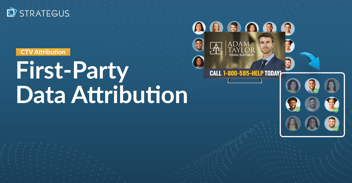
First-Party Attribution: Match Ads to Sales With CRM Data
The value of first-party data continues to grow.
7 minutes read

